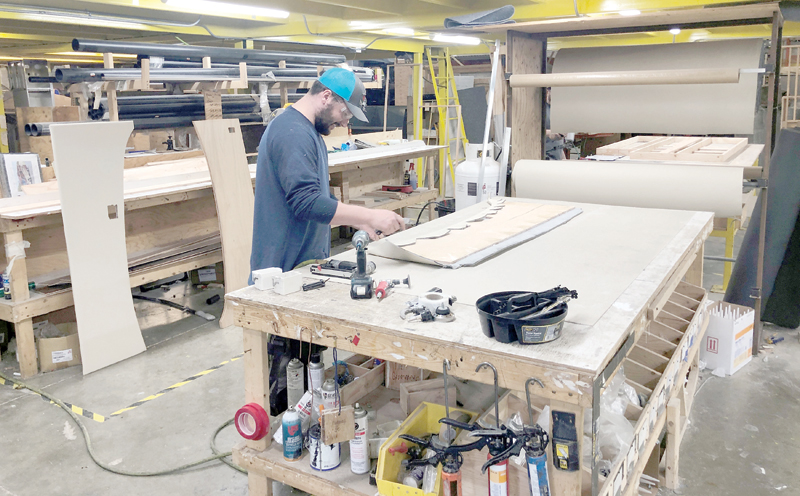

WASHINGTON: US manufacturing activity slowed to a near three-year low in July and hiring at factories shifted into lower gear, suggesting a further loss of momentum in economic growth early in the third quarter as trade tensions between Washington and Beijing persist.
Other data on Thursday showed the number of Americans filing for unemployment benefits rose last week, while construction spending fell sharply in June as investment in private projects tumbled to its lowest level in 1-1/2 years.
The slowdown in factory activity and accompanying weak business investment have caught the attention of Federal Reserve officials. The US central bank on Wednesday cut interest rates for the first time since 2008, to insure against downside risks to the economy from trade tensions and slowing global growth.
Fed Chairman Jerome Powell told reporters during a news conference that the preemptive monetary policy easing was “not the beginning of a long series of rate cuts.” Powell described manufacturing as “not growing much,” saying “we hope to help that with this rate cut.”
The Institute for Supply Management (ISM) said its index of national factory activity slipped to 51.2 last month, the lowest reading since August 2016, from 51.7 in June. It was the fourth straight monthly decline in the index. The ISM said “trade remains a significant issue.”
A reading above 50 indicates expansion in the manufacturing sector, which accounts for about 12 per cent of the US economy. Economists polled by Reuters had forecast the ISM index rising to 52.0 in June.
“For a Fed concerned that the trade war is inflicting major wounds on business investment and manufacturing, today’s reports will only nudge the needle towards another rate cut,” said Sal Guatieri, a senior economist at BMO in Toronto.
The United States’ trade war with China has hurt business sentiment. That, together with disruptions to supply chains caused by import tariffs, is weighing on manufacturing.
Manufacturing is also taking a hit from an inventory overhang, which has resulted in businesses placing fewer orders with manufacturers. A reduction in the production of Boeing’s MAX 737 aircraft, which was grounded in March after two fatal plane crashes in five months, is also a drag on activity.
The ISM’s forward-looking new orders sub-index rebounded to a reading of 50.8 last month from 50.0 in June.
A gauge of factory employment fell to 51.7, the lowest since November 2016, from a reading of 54.5 in June. That poses a downside risk to manufacturing payrolls in July.
The government was due to publish July’s employment report on Friday. According to a Reuters survey of economists, nonfarm payrolls likely increased by 164,000 jobs in July after surging by 224,000 in June. Manufacturing payrolls are expected to have risen by 5,000 jobs last month after advancing 17,000 in June.
Despite the persistent weakness, US manufacturing is in relatively better shape compared to the rest of the world.
Reports on Thursday showed factory activity contracted across Asia and Europe in July. — Reuters
Oman Observer is now on the WhatsApp channel. Click here



